Trend Lines in Binary Options Trading Guide (2025)
Updated: 21.03.2025
Trend lines in binary options trading: how to build trend lines and what they show (2025)
In previous articles we have already mentioned trend lines, in this article we will analyze this tool for technical analysis of charts in detail, and also identify all the strengths and weaknesses. The trend lines themselves are, as a rule, sloping support and resistance lines , which indicate the boundaries of trend movements.
Trend lines are needed to determine the strength of the trend, and also as a beacon indicating the possible end of the price movement. This tool can be used very profitably in trading.
If the trend is upward, then it is advisable to place all trend lines below the price - these are inclined support levels: Why exactly under the price? Everything is simple here - the trend is upward, so it is much more profitable to look for entry points in the direction of the trend, rather than against it. To do this, it is better to pay attention to the support lines rather than the resistance lines.
Additional trend lines can also be constructed on the chart, which can complement the main line or highlight a local section of the chart. The trend lines themselves, as well as horizontal support and resistance levels, change their properties after a breakout: if they were support, then after the price breaks through the line, it will become resistance and will push the price down.
For a downtrend, it is best to draw trend lines above the price - this way we will highlight sloping resistance levels that will allow us to find entry points for a decline:
So, our procedure is as follows:
In a downtrend (bearish trend), trend lines are drawn through the highs of the first two peaks (the first peak is higher than the second - a sign of a downtrend): Here, as with a bullish movement, the trend line can maintain the movement for a long time and “beat” the price down (since this is the resistance level): Please note that after breaking through the trend line (resistance level), it changes its “polarity” and becomes a support line: Additional trend lines should also be drawn above the price (in downtrends) - these levels will act as resistance:
Of course, we do not take into account the first two points through which the trend line is drawn, but only look at subsequent price touches of our level. At the same time, do not forget that the trend line, like the horizontal level, is a zone of supply and demand, which means that the price can reverse without reaching the level or making a false breakout.
So it is worth considering the strength of the pullback - the faster and further the price bounced from the trend line, the stronger the trend line. Another indicator of the strength of the trend line can be considered the formation of contacts with the price at horizontal support and resistance levels: The intersections of horizontal support and resistance levels with the trend line are strong points indicating the continuation of the trend with a high probability. Such points can and should be used in your trading to enter in the direction of the current trend.
In addition, in history everything is as always good, but in practice this may not be the case. The price may not even approach the trend line and turn around earlier - what to do in such situations? Such cases do happen and are not rare. It would seem that the price is about to touch the trend line and, depending on the trend, we can open a trade down or up, but this does not happen. As a result, the price turns towards the trend, but we wasted time waiting and were unable to do anything.
To understand what is happening, it is worth remembering that the trend line, like the horizontal level of supply and demand, is a zone, and not some exact price value. We also already have a tool that can confirm entry points - support or resistance levels. If these levels intersect, then at the place where they intersect it is worth opening a trade in the direction of the trend: But what if the price is far from the main trend line, and it is not yet possible to draw an additional line, because no second peak? In such situations, we have two reasons that will help us find an entry point:
The trend line itself reverses its “polarity” and continues to push back price if it approaches the line. The breakout of the trend line itself is confirmed in the same way as the breakout of the horizontal level - the price has broken through the trend line zone and candles have begun to form outside it. It is also possible for the price to return to the broken level to consolidate - after this there can be no doubt, the line has been broken and the trend is over: The disadvantages are that the trend line is built along the first two peaks or troughs, and the price, at some point, may change the strength of its movement and move far from the trend line. Returning and breaking the line can take a long time, so it is better to always look at the tops and bottoms - they will indicate the end of the trend faster and more accurately.
This can also include trading from additional trend lines, which have the same principle. All intersections of trend lines with horizontal levels are also very simple and clear to use - I have already said about them and I will not repeat them.
It is much more interesting to use trend movements to look for pullbacks and complete them. Although the trend line acts as an additional tool, the strategy definitely has the right to life. The strategy is based on the Price Action “Flag” pattern:
For a downward trend, the situation is completely opposite - we wait for the appearance of a flagpole pointing downwards (towards the main trend), after which we wait for a pullback, which we mark with a “channel”. When the lower border is broken, we open a trade down 2-3 candles: You don't have to draw the channel itself:
I prefer horizontal support and resistance levels - they are tied to the price and their reliability, it seems to me, is much higher. Maybe I'm wrong, maybe not. In any case, a trader should use in his trading only those tools whose operation he understands perfectly. Moreover, a trader must be confident in these tools - this is the key to success.
It follows that only you can decide whether to use trend lines in your trading or not. Just like any other methods of analyzing charts - you can guess even using seeds, as long as it brings you profit. In trading, you need to be a little selfish and worry about your earnings, and not about trading like everyone else.
Trend lines are needed to determine the strength of the trend, and also as a beacon indicating the possible end of the price movement. This tool can be used very profitably in trading.
Contents
- What does a trend line show on a price chart
- Building a trend line: how to draw trend lines correctly
- Effectiveness of the trend line: strength of the trend line
- How to correctly use a trend line in trading
- Trend line breakout – end of trend price movement
- Strategies for trading along trend lines
- Trend lines – should you use them on the chart in your trading or not?
What does the trend line show on the price chart
Depending on the type of trend (uptrend or downtrend), trend lines line up above or below the price movement. Let me remind you that this instrument is inclined levels of supply and demand, which means that the main task of trend lines is to “limit” price movement in a given range.If the trend is upward, then it is advisable to place all trend lines below the price - these are inclined support levels: Why exactly under the price? Everything is simple here - the trend is upward, so it is much more profitable to look for entry points in the direction of the trend, rather than against it. To do this, it is better to pay attention to the support lines rather than the resistance lines.
Additional trend lines can also be constructed on the chart, which can complement the main line or highlight a local section of the chart. The trend lines themselves, as well as horizontal support and resistance levels, change their properties after a breakout: if they were support, then after the price breaks through the line, it will become resistance and will push the price down.
For a downtrend, it is best to draw trend lines above the price - this way we will highlight sloping resistance levels that will allow us to find entry points for a decline:
Drawing a trend line: how to draw trend lines correctly
To correctly draw a trend line, two points are used - two price highs in a downward (bearish) trend or two lows in a bullish (upward) trend. Don’t forget that we are only interested in support in uptrends and resistance in downtrends. You can, of course, additionally place both lines (support and resistance) on the chart, thereby defining the price channel, but this is not at all necessary, and the additional line will not have much strength.So, our procedure is as follows:
- We determine the current trend - for this we need only two points - two tops or two bottoms
- If the trend is upward (two depressions), then:
- Draw an inclined line through the minimum points of the first and second depression - this is the main trend line (support)
- If there are fairly pronounced upward price movements on the chart, then they can also be highlighted with a separate trend line
- If the trend is downward (two tops), then:
- Draw an inclined line through the maximum points of the two peaks - this is the main trend line (resistance)
- If stable movements can be observed in some areas of the chart, then they can also be highlighted with an additional trend line
In a downtrend (bearish trend), trend lines are drawn through the highs of the first two peaks (the first peak is higher than the second - a sign of a downtrend): Here, as with a bullish movement, the trend line can maintain the movement for a long time and “beat” the price down (since this is the resistance level): Please note that after breaking through the trend line (resistance level), it changes its “polarity” and becomes a support line: Additional trend lines should also be drawn above the price (in downtrends) - these levels will act as resistance:
Effectiveness of the trend line: strength of the trend line
Like regular horizontal support and resistance levels, trend lines can be “strong” or “weak.” This indicator is determined on the chart by the points of contact with the price, as well as the number of price rollbacks from the trend line. To put it simply, the more times the price bounces off the trend line, the stronger the level.Of course, we do not take into account the first two points through which the trend line is drawn, but only look at subsequent price touches of our level. At the same time, do not forget that the trend line, like the horizontal level, is a zone of supply and demand, which means that the price can reverse without reaching the level or making a false breakout.
So it is worth considering the strength of the pullback - the faster and further the price bounced from the trend line, the stronger the trend line. Another indicator of the strength of the trend line can be considered the formation of contacts with the price at horizontal support and resistance levels: The intersections of horizontal support and resistance levels with the trend line are strong points indicating the continuation of the trend with a high probability. Such points can and should be used in your trading to enter in the direction of the current trend.
How to correctly use a trend line in trading
We already know how to plot (build) a trend line on a price chart. We can also determine the strength of the trend line. But how to properly use this knowledge to make a profit in trading?In addition, in history everything is as always good, but in practice this may not be the case. The price may not even approach the trend line and turn around earlier - what to do in such situations? Such cases do happen and are not rare. It would seem that the price is about to touch the trend line and, depending on the trend, we can open a trade down or up, but this does not happen. As a result, the price turns towards the trend, but we wasted time waiting and were unable to do anything.
To understand what is happening, it is worth remembering that the trend line, like the horizontal level of supply and demand, is a zone, and not some exact price value. We also already have a tool that can confirm entry points - support or resistance levels. If these levels intersect, then at the place where they intersect it is worth opening a trade in the direction of the trend: But what if the price is far from the main trend line, and it is not yet possible to draw an additional line, because no second peak? In such situations, we have two reasons that will help us find an entry point:
- Presence of trend movement
- Support and resistance levels
Breakout of the trend line – end of trend price movement
Due to the fact that a support line is used for an uptrend, and a resistance line is used for a bearish trend, a breakdown of such levels indicates the imminent end of the trend. After breaking the trend line, the price may reverse or go flat (sideways price movement).The trend line itself reverses its “polarity” and continues to push back price if it approaches the line. The breakout of the trend line itself is confirmed in the same way as the breakout of the horizontal level - the price has broken through the trend line zone and candles have begun to form outside it. It is also possible for the price to return to the broken level to consolidate - after this there can be no doubt, the line has been broken and the trend is over: The disadvantages are that the trend line is built along the first two peaks or troughs, and the price, at some point, may change the strength of its movement and move far from the trend line. Returning and breaking the line can take a long time, so it is better to always look at the tops and bottoms - they will indicate the end of the trend faster and more accurately.
Strategies for trading along trend lines
It’s probably not worth describing a trend line trading strategy, in which the trend line is used as a regular support and resistance level - the price has approached the resistance line, which means we open a trade down; the price approached the support line - an up trade. This is already obvious, it has been discussed throughout this article.This can also include trading from additional trend lines, which have the same principle. All intersections of trend lines with horizontal levels are also very simple and clear to use - I have already said about them and I will not repeat them.
It is much more interesting to use trend movements to look for pullbacks and complete them. Although the trend line acts as an additional tool, the strategy definitely has the right to life. The strategy is based on the Price Action “Flag” pattern:
- After the price moves along the trend, we wait for the price to roll back
- Defining the rollback “corridor”
- When the “corridor” is broken in the direction of the trend, it is worth opening a trade
For a downward trend, the situation is completely opposite - we wait for the appearance of a flagpole pointing downwards (towards the main trend), after which we wait for a pullback, which we mark with a “channel”. When the lower border is broken, we open a trade down 2-3 candles: You don't have to draw the channel itself:
- For an uptrend, we are only interested in the upper limit
- For a downward trend – only the lower border
Trend lines – should you use them on the chart in your trading or not?
I have already repeatedly mentioned different traders whose opinions differ:- Some people do not believe in the power of technical analysis indicators
- Others don't see the benefits of using support and resistance levels
- Thirds do not perceive any manifestations of technical analysis at all, preferring only economic news
I prefer horizontal support and resistance levels - they are tied to the price and their reliability, it seems to me, is much higher. Maybe I'm wrong, maybe not. In any case, a trader should use in his trading only those tools whose operation he understands perfectly. Moreover, a trader must be confident in these tools - this is the key to success.
It follows that only you can decide whether to use trend lines in your trading or not. Just like any other methods of analyzing charts - you can guess even using seeds, as long as it brings you profit. In trading, you need to be a little selfish and worry about your earnings, and not about trading like everyone else.

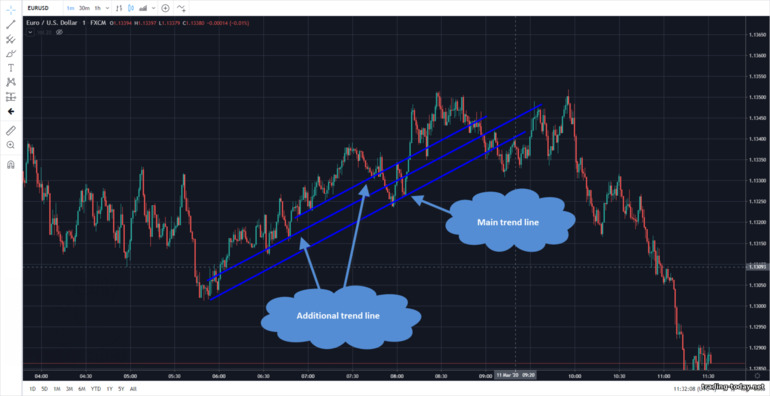
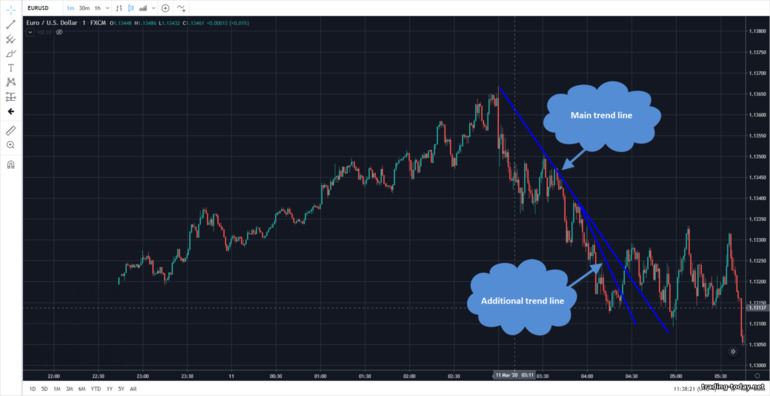
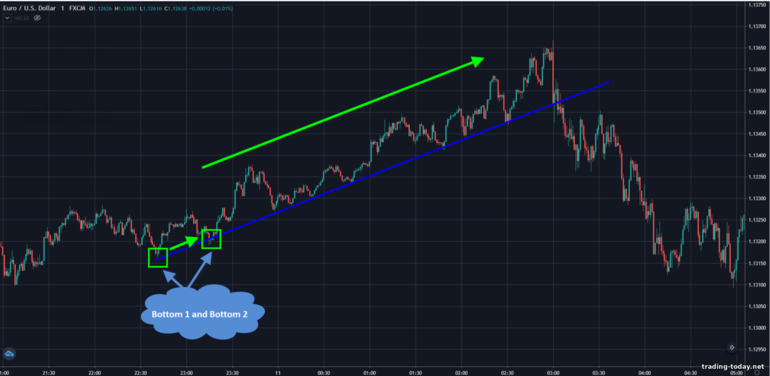
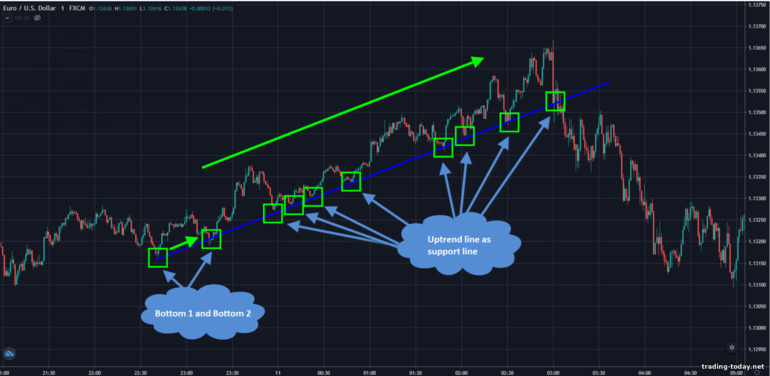
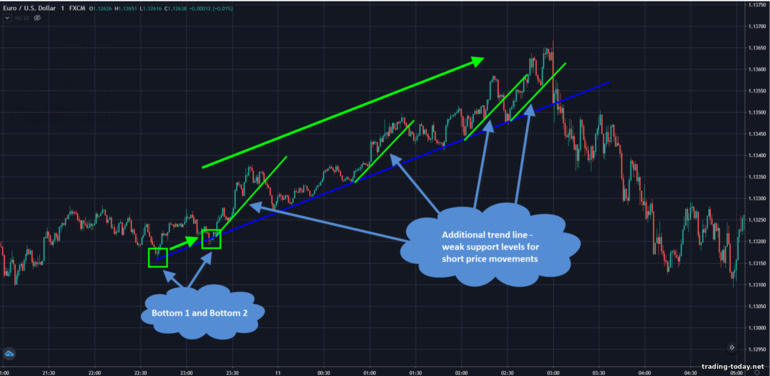
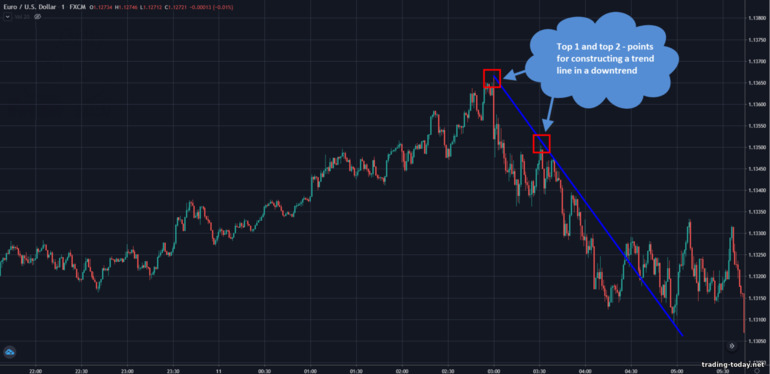
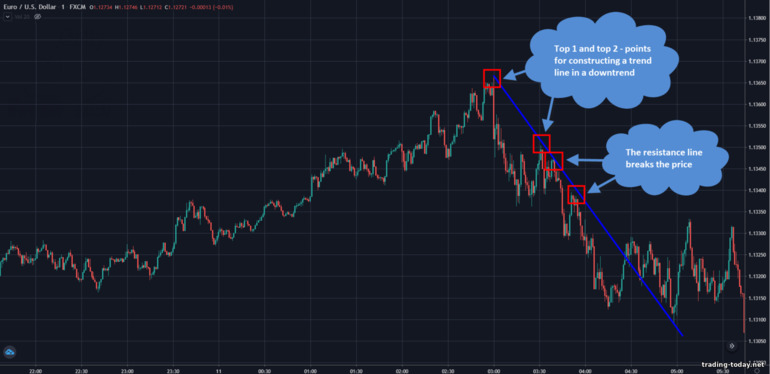
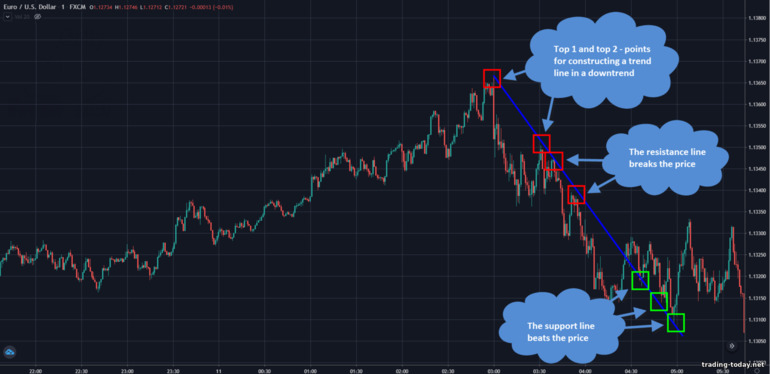
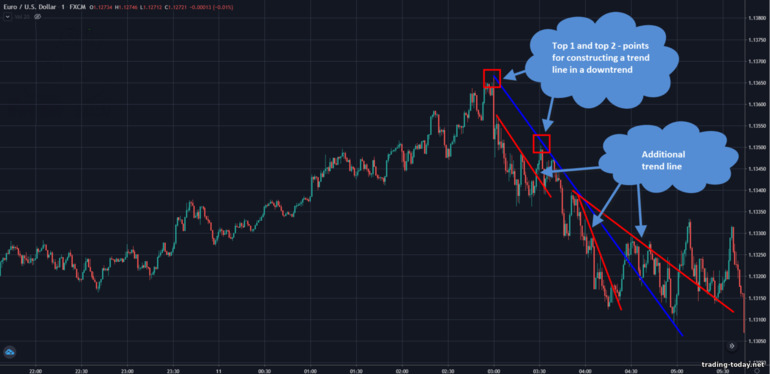
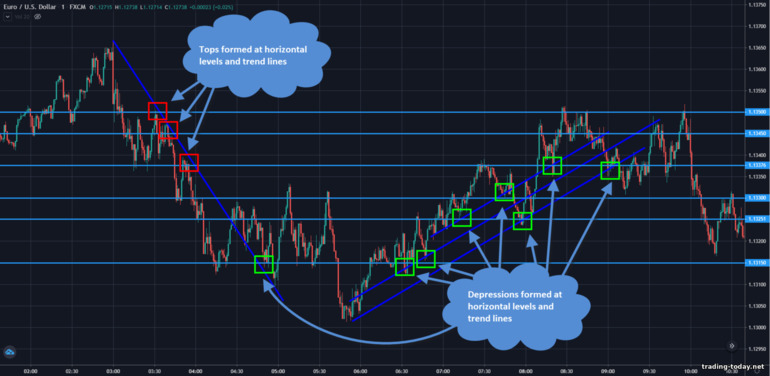
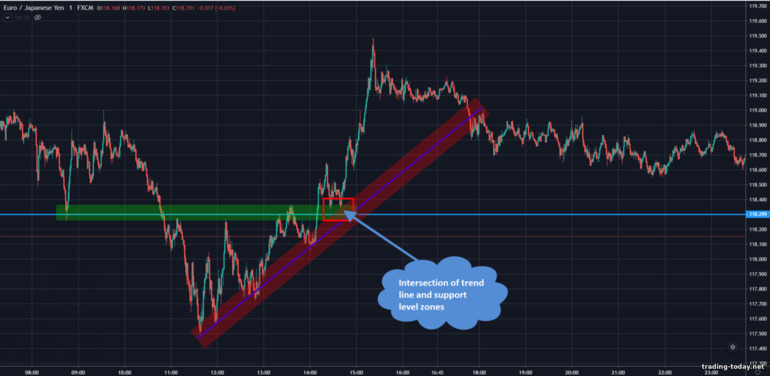
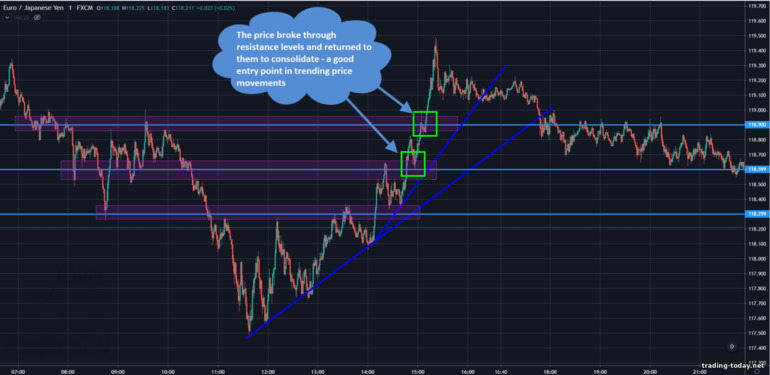
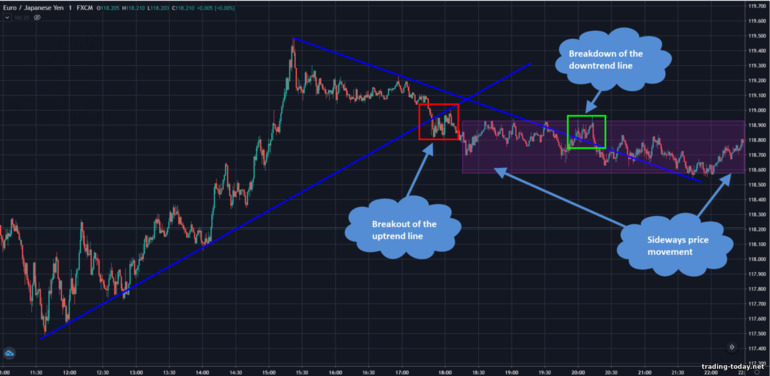
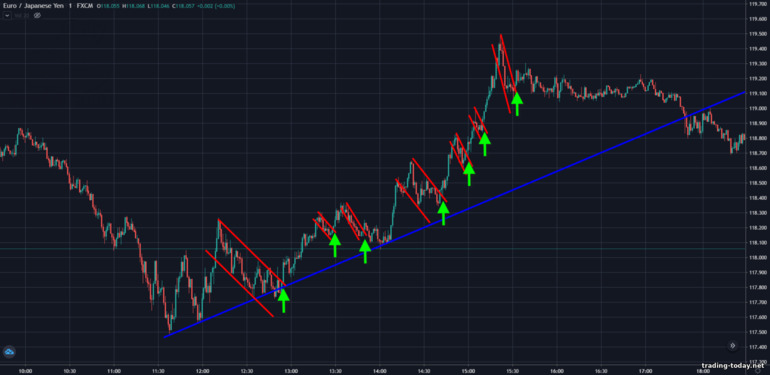
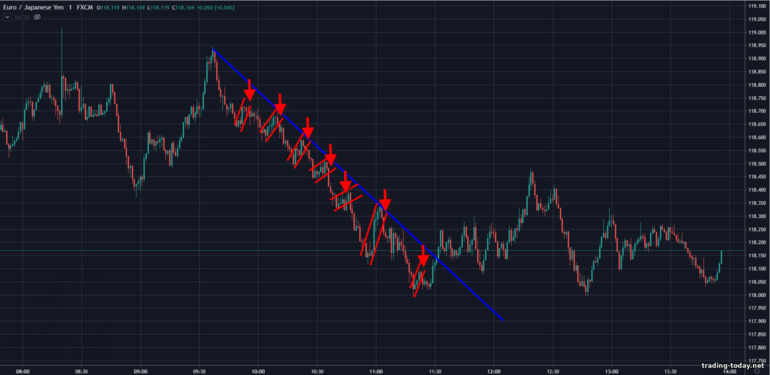

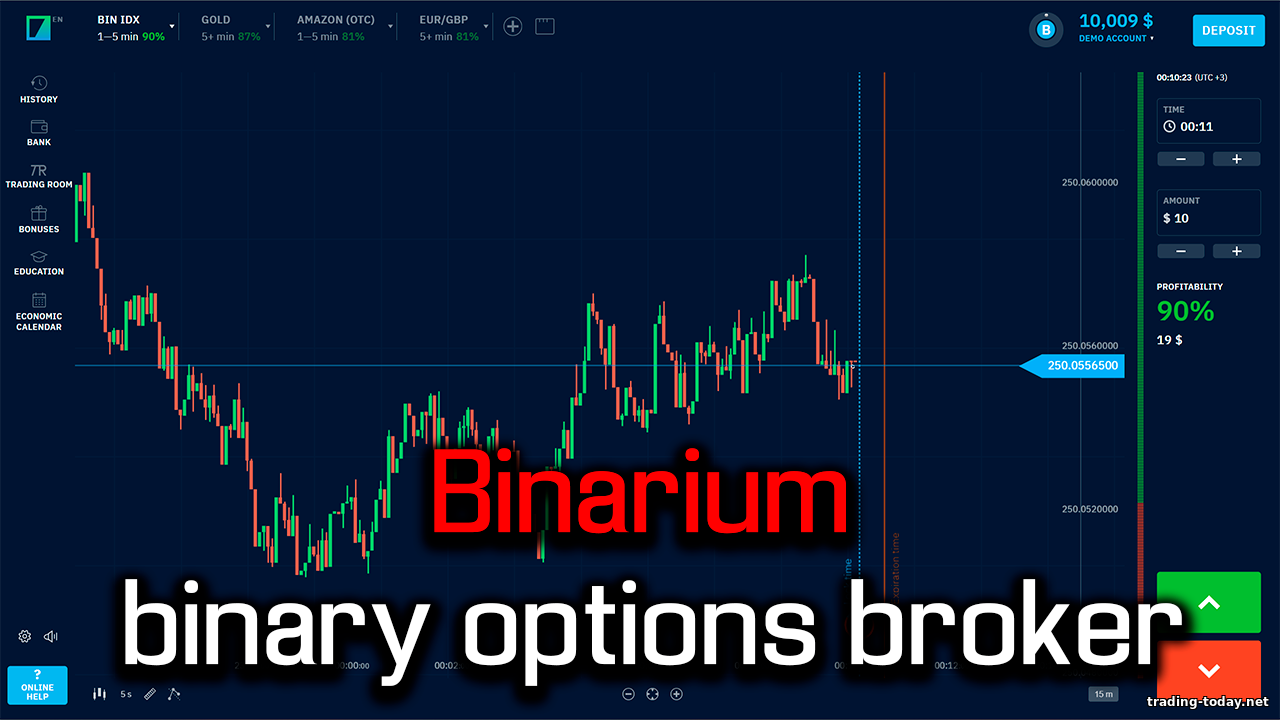
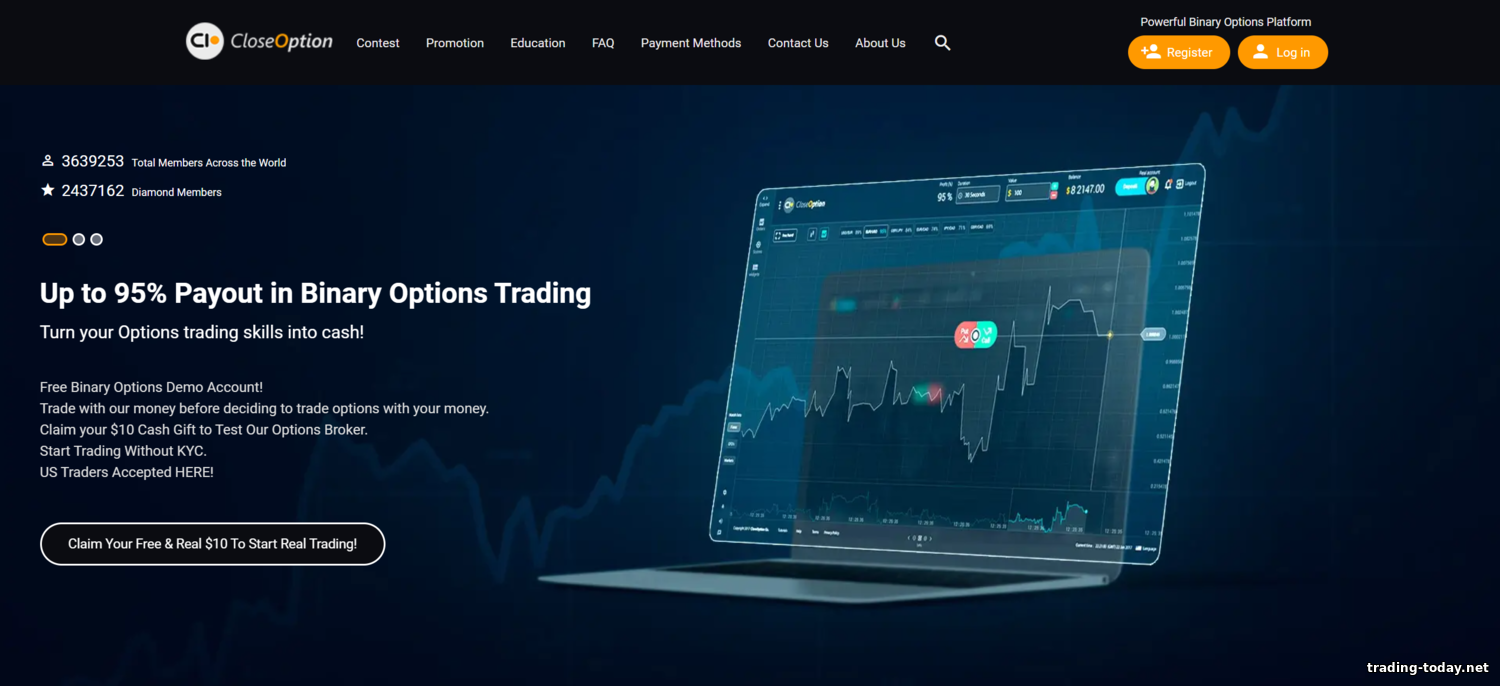




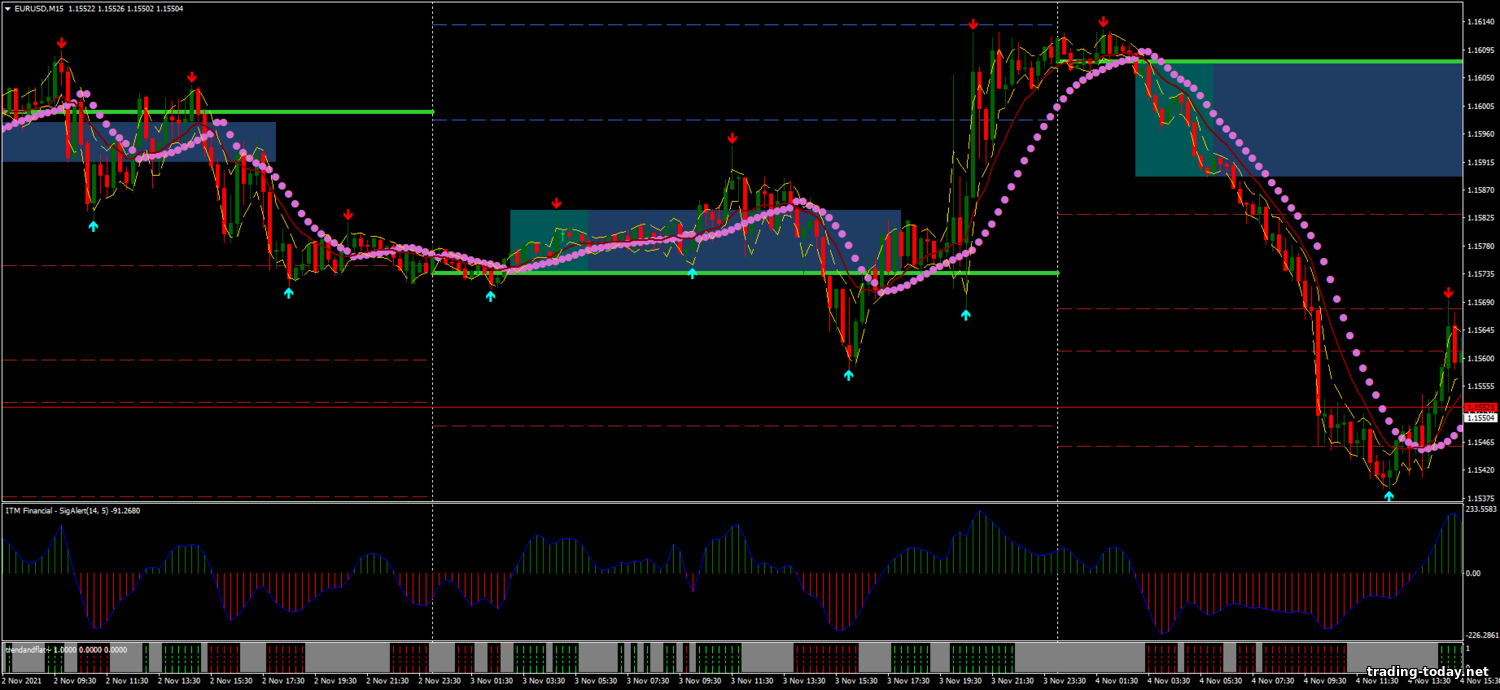
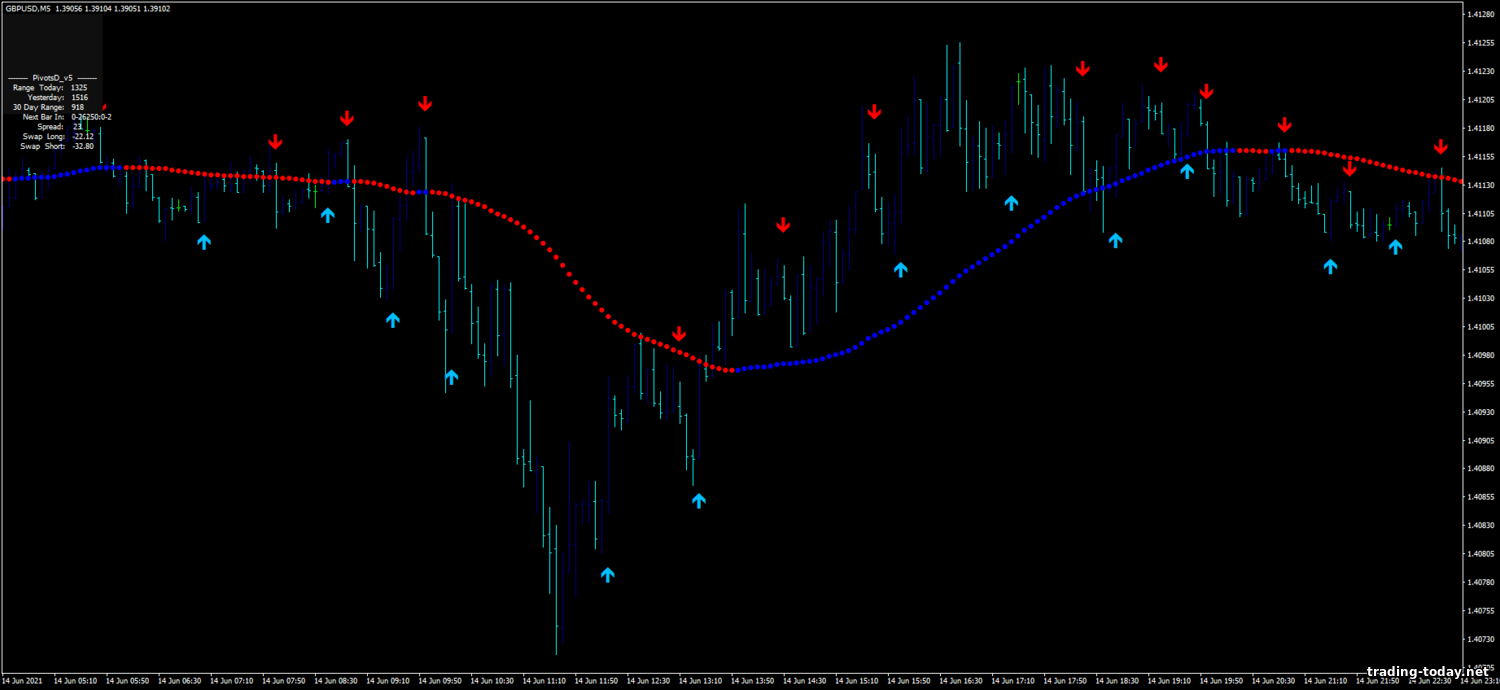
Reviews and comments